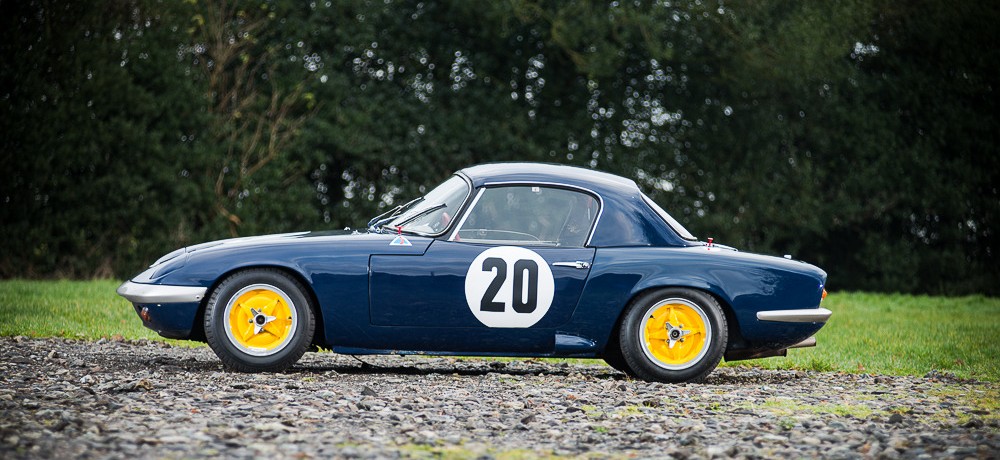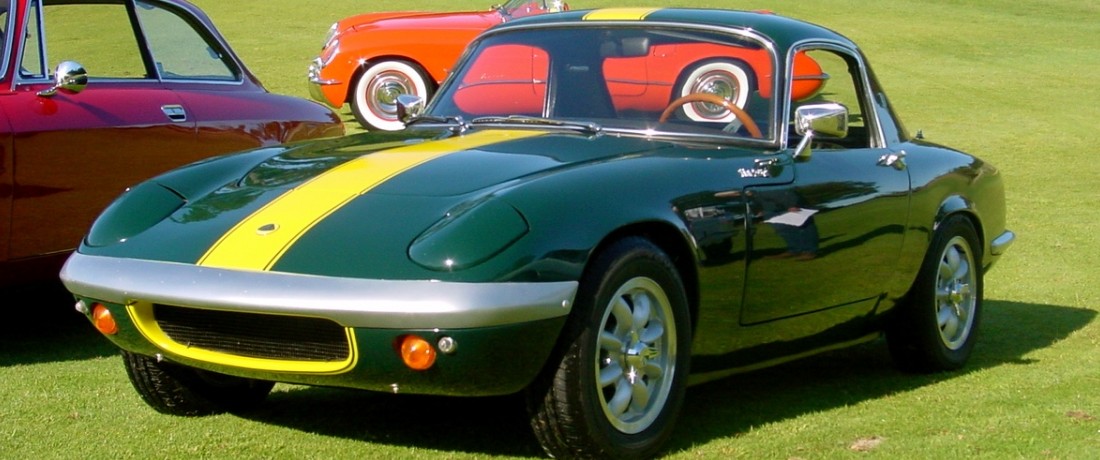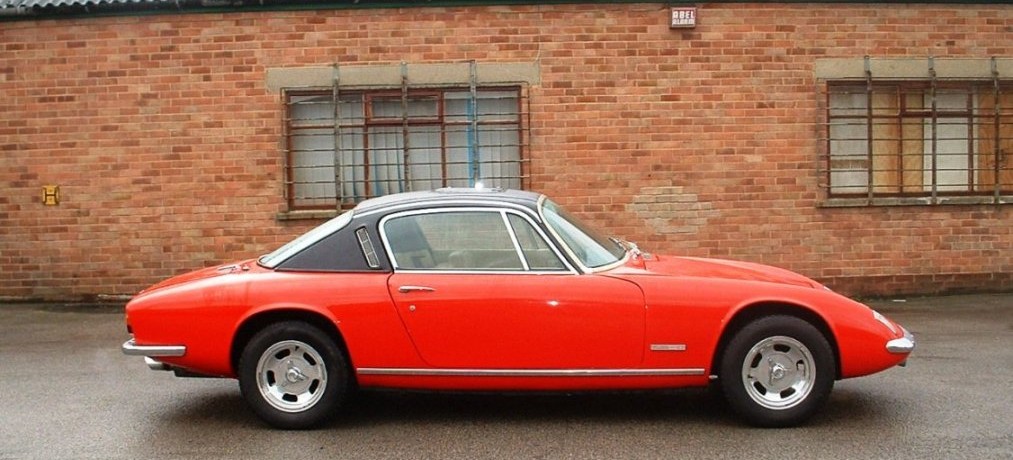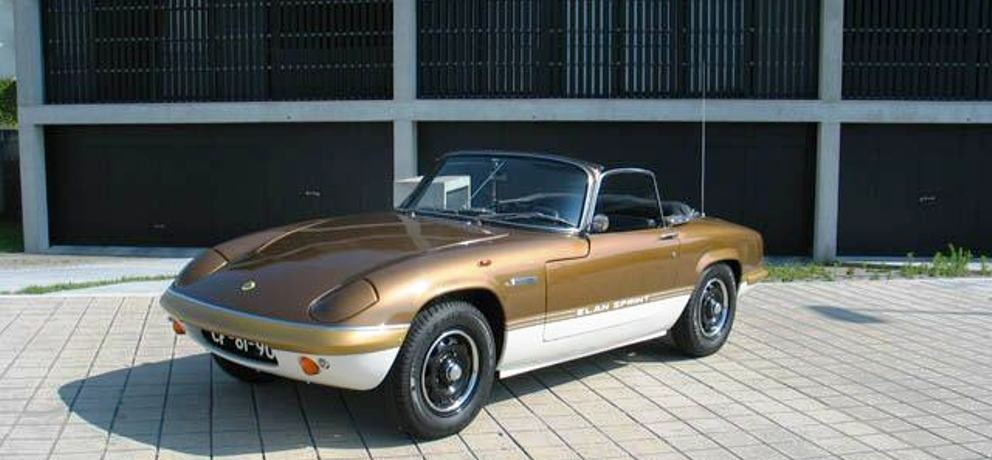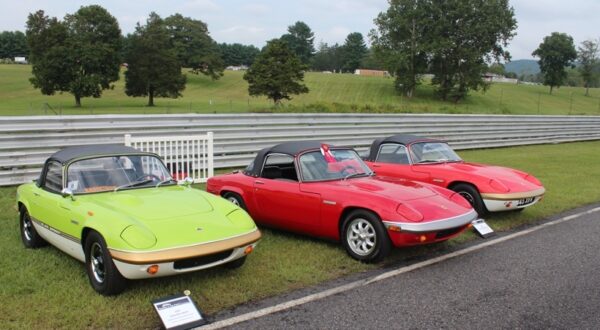
Lotus Elan Overview
The Lotus Elan is a true sports car. A sports car is about being light, having finesse, and a focus on handling rather than speed. A true sports car is about the driver to feel like he is in control of what is going on. This is a Lotus Elan.
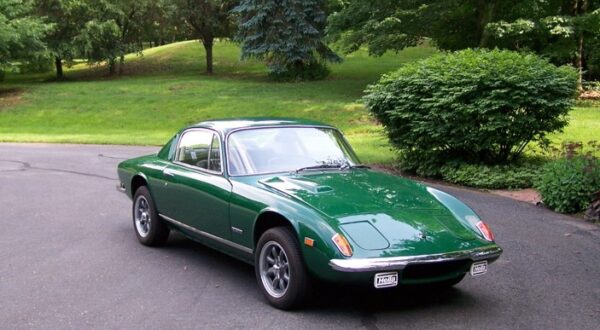
Lotus Elan Plus 2 Overview
The Elan +2 embodied the Lotus spirit: It was a fast and agile sport coupe, with very elegant lines. It combined the performance and reliability of the Elan “Coupe” with genuine 2+2 passenger comfort.
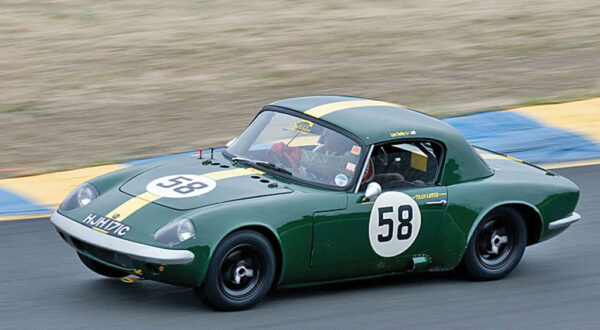
Lotus Elan 26R
The Lotus Elan 26R, introduced in 1964, was the racing variant of the already celebrated Lotus Elan, designed to dominate the track with its lightweight construction and exceptional handling.
Lotus Elan Models
The Lotus Elan is one of the most iconic sports cars ever created, embodying the ethos of Colin Chapman’s mantra: “simplify, then add lightness.” Introduced in the early 1960s, the Elan became a benchmark for performance, handling, and innovation in lightweight automotive engineering. Over its various iterations, from the Series 1 to the Sprint, the racing-focused 26R, and the Plus 2 variants, the Elan evolved to meet diverse needs, from road-going usability to motorsport dominance.
| Lotus Type 26 | Years |
|---|---|
| Series 1 (1500 and 1600) | 1962 - 1964 |
| Series 2 (S2 and S2 SE) | 1964 - 1966 |
| 26R | |
| Lotus Type 36 Coupe | |
| Series 3 (S3 and S3 SE) | 1966 - 1968 |
| Series 4 (S4 and S4 SE) | 1968 - 1971 |
| Sprint | 1971 - 1973 |
| Lotus Type 45 Roadster | |
| Series 3 (S3 and S3 SE) | 1966 - 1968 |
| Series 4 (S4 and S4 SE) | 1968 - 1971 |
| Sprint | 1971 - 1973 |
| Lotus Type 50 | |
| Plus 2 | 1967 - 1969 |
| Plus 2S | 1969 - 1970 |
| Plus 2S/130 | 1971 - 1974 |
Series 1 (1962-1964)
The Lotus Elan Series 1 (S1), also known as Type 26, debuted in 1962 as a revolutionary sports car. Its lightweight fiberglass body, mounted on a steel backbone chassis, was a groundbreaking design. Powered by a 1.5-liter twin-cam inline-4 engine producing around 105 horsepower, the S1 combined spirited performance with exceptional agility. Weighing just 1,500 lbs, it could accelerate from 0-60 mph in approximately 7.5 seconds. However, its minimalist design and early build quality issues, such as water leaks and body fit concerns, made it more suited for purists than casual drivers. Despite its flaws, the S1 set the foundation for the Elan's legendary reputation.
Series 2 (1964-1966)
The Series 2 (S2) improved upon its predecessor by addressing key refinement and usability concerns. Retaining the Type 26 chassis, it introduced upgraded interior trim, revised taillights, and improved build quality. Full disc brakes became standard in later models, further enhancing safety and performance. The S2 also offered a removable hardtop option, expanding its versatility. Special Equipment (SE) variants introduced additional power and features for enthusiasts seeking more excitement. With its better practicality and comfort, the S2 built on the success of the S1 while retaining the engaging driving dynamics that made the Elan a standout.
Series 3 (1965-1968)
The Series 3 (S3) marked a shift towards greater refinement and versatility. Lotus introduced two distinct body styles: the Fixed-Head Coupe (Type 36) and the Drophead Coupe (Type 45). The S3 featured a more comfortable interior with improved sound insulation and an upgraded electrical system. The 1.6-liter twin-cam engine now produced between 105 and 115 horsepower, depending on the configuration. This iteration struck a balance between performance and usability, appealing to a broader audience. Its availability as a coupe or convertible made it a versatile option for drivers seeking either long-distance touring capability or open-top motoring.
Series 4 (1968-1973)
The Series 4 (S4) introduced modernized aesthetics and further enhancements to usability. Wider fenders and redesigned bodywork gave the S4 a more contemporary look, while interior upgrades included a revised dashboard and better soundproofing. It continued to use the Type 36 (FHC) and Type 45 (DHC) chassis configurations, retaining the proven 1.6-liter twin-cam engine with approximately 115 horsepower. SE variants offered additional luxury and power upgrades. By focusing on comfort and styling, the S4 catered to buyers who sought a more polished sports car without sacrificing the performance and handling that defined the Elan.
Sprint (1971-1973)
The Sprint represented the ultimate evolution of the road-going Lotus Elan. Introduced in 1971, it featured a high-performance “big-valve” version of the 1.6-liter twin-cam engine, producing 126 horsepower. This upgrade propelled the Sprint from 0-60 mph in just 6.5 seconds, making it the fastest Elan ever. Distinctive two-tone paint schemes and SE trim options added to its appeal. Available as both a Fixed-Head Coupe and a Drophead Coupe, the Sprint combined exceptional performance with refined aesthetics, cementing its status as a collector’s favorite. It served as a fitting finale to the Elan’s illustrious production run.
26R (Racing Version, 1963-1965)
The Lotus Elan 26R was a purpose-built racing variant based on the Series 1 and Series 2 models. Designed for motorsport, it featured a significantly lighter fiberglass body and reinforced chassis. The 1.6-liter twin-cam engine was tuned to produce over 150 horsepower, delivering outstanding performance on the track. Additional modifications included wider wheels, upgraded suspension, and enhanced braking systems. The 26R dominated GT racing in its class, becoming a legend in vintage motorsport. Its success showcased the Elan’s inherent capabilities and ensured its place in racing history.
Plus 2 (1967-1975)
The Lotus Elan Plus 2 was introduced in 1967 as a larger, more practical version of the Elan, aimed at drivers who needed a family-friendly sports car without sacrificing performance. With a stretched chassis and a longer wheelbase, the Plus 2 offered a 2+2 seating arrangement and additional luggage space. It retained the lightweight fiberglass body and steel backbone chassis but featured a more luxurious interior with wood veneer trim and improved comfort. Powered by the same 1.6-liter twin-cam engine producing approximately 118 horsepower, the Plus 2 delivered spirited performance while accommodating four passengers. Its blend of practicality and agility made it a standout in its segment.
Plus 2S (1968-1971)
The Plus 2S was an upgraded version of the original Plus 2, introduced in 1968. It offered enhanced refinement and luxury, including upgraded upholstery, electric windows, and additional interior details. The mechanicals remained largely the same, with the 1.6-liter twin-cam engine continuing to provide strong performance. The Plus 2S appealed to buyers seeking a more comfortable and sophisticated sports car while retaining the nimble handling characteristics of the Elan lineage.
Plus 2S/130 (1971-1975)
The Plus 2S/130 represented the pinnacle of the Elan Plus 2 range. Introduced in 1971, it featured the high-performance “big-valve” version of the 1.6-liter twin-cam engine, producing 126 horsepower, similar to the Elan Sprint. This upgrade significantly improved acceleration and top-end performance. Additional features included improved instrumentation, alloy wheels, and distinctive badging. The Plus 2S/130 offered a perfect blend of performance, luxury, and practicality, making it one of the most desirable variants in the Elan Plus 2 lineup.
The Lotus Elan’s journey through its various iterations—from the purity of the Series 1 to the high-performance Sprint, the race-winning 26R, and the versatile Plus 2 variants—highlights its adaptability and enduring appeal. Each version built upon the strengths of its predecessor, offering a unique combination of lightweight engineering, exhilarating performance, and innovative design. The Elan remains a testament to Colin Chapman’s vision and a beloved icon among sports car enthusiasts and collectors worldwide.

